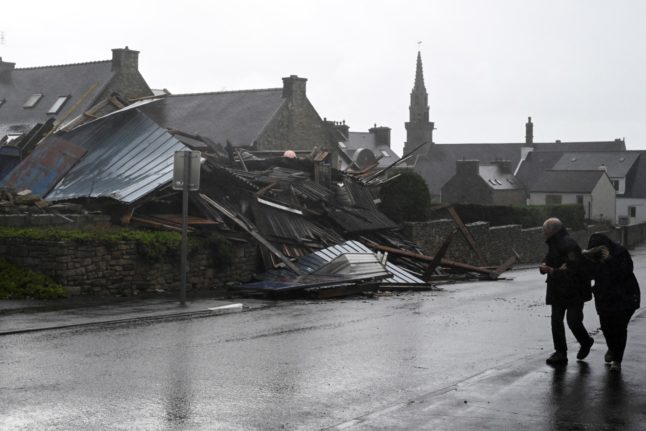The report, ‘Barnebys 2017 Online Auction Report: 15 Designated Designers – Trends and Insights’, focuses on the development of the global market for fifteen of the most sought-after names in contemporary design.
Among other things, the report reveals astonishing growth in demand for 20th century design, with the market for design increasing by almost 330 percent between 2009 and 2016.
“Today, anyone can get their hands on iconic design furniture for a very modest price, while international collectors continue to pay millions for furniture and design objects of the highest quality,” says Pontus Silfverstolpe, co-founder of Barnebys, the leading online search service for arts, antiques and rarities.
The report’s findings are based on an analysis of more than 31 million realised auction prices from 315 auction houses in 29 countries. It focuses on works by 15 ‘designated designers’ from Denmark, France, Finland, Sweden, and the United States and estimates their total market value in 2016 at €38.3 million.
The growth is due in large part to the increased transparency and access that comes with online auctions, which provide more opportunities for more people to buy iconic design furniture.
”Barnebys has opened the auction industry to the masses, making a world of unique, quality items available to everyone,” adds Silfverstolpe.
According to the report, collectors are paying considerable attention to design, with prices on a limited supply of unique, high-end design pieces getting boosted to fine-art market status in some cases.
And while established designers may drop in price, collectors continue to hunt for the next trendy designer in hopes of finding a diamond in the rough that could pay big dividends later on.
“Buying design is a better investment than, say, buying art, no matter what the price range,” says Barnebys co-founder and CEO Christopher Barnekow. “Achieving a more personal, beautiful interior is a bonus.”
Find your own design treasure with Barnebys
This article was produced by The Local Client Studio and sponsored by Barnebys.



 Please whitelist us to continue reading.
Please whitelist us to continue reading.